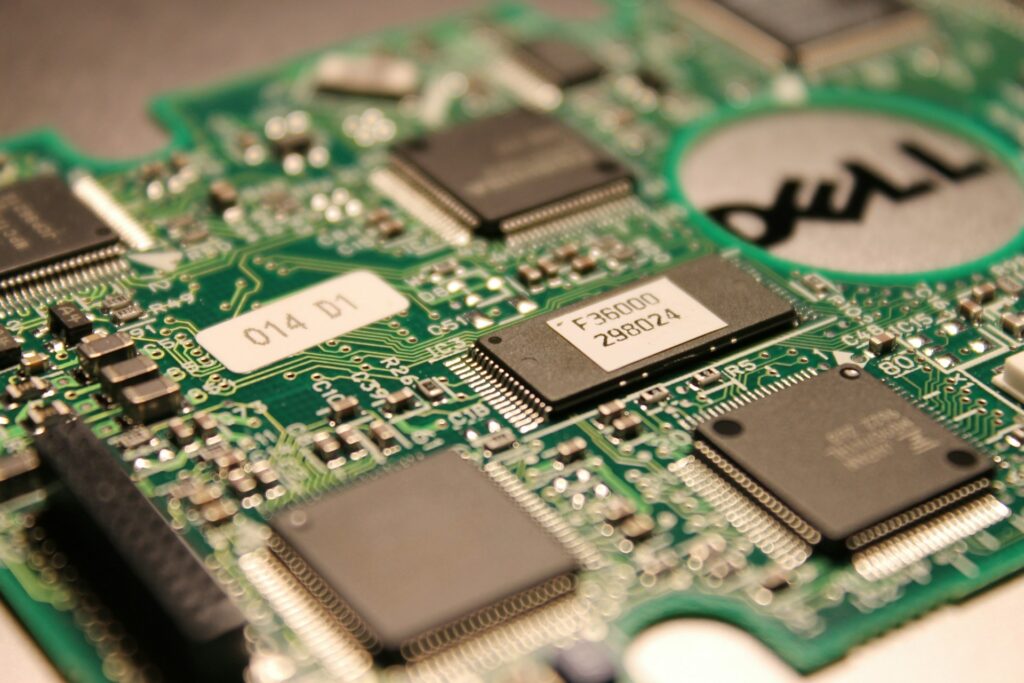Edge computing is a method of processing data at the source that results in faster processing times.

Edge computing is a method of processing data at the source that results in faster processing times.
Understanding Edge Computing
Rather of depending entirely on centralized cloud servers for data processing, edge computing is a paradigm change in data processing that relocates computation closer to the source of data. Edge computing minimizes latency, increases efficiency, and improves the performance of applications in real time by processing information at or near the devices that are creating it.
Why a Centralized Cloud Is Insufficient on Its Own
The method of traditional cloud computing entails first sending data to data centers that are located far away for processing, and then getting the results of that processing in return. Although it is an efficient model for a wide variety of applications, it has difficulty with activities that are sensitive to latency, such as autonomous cars, industrial automation, and real-time analytics. The increasing number of IoT devices puts additional burden on centralized systems, which emphasizes the need of distributed processing.
Processing of Data in Real Time
Edge computing makes it possible for devices to assess data and act on it at the local level. Particularly in applications where milliseconds are of the utmost importance—such as in self-driving automobiles, which have to make judgments in the blink of an eye, or in manufacturing robots, which need to alter operations on the fly—this capacity is essential. Edge processing guarantees that solutions are delivered more quickly and that the dangers associated with actions that are taken too late are reduced.
Decreasing Bandwidth and Expenses
Edge computing is a method of processing data locally, which decreases the amount of information that is transferred to centralized servers. This results in reduced bandwidth needs and operating expenses. The cloud is only provided with information that is relevant or with aggregated summaries, which results in an increase in network efficiency and a decrease in the amount of storage that is required.
Improving Smart Devices and the Internet of Things
Edge computing is very beneficial to Internet of Things (IoT) devices. When gadgets are equipped with smart home systems, wearable health monitors, and industrial sensors, they are able to interpret data in real time, which makes them more responsive and able to function without human assistance. Predictive maintenance, energy optimization, and adaptive control systems are all made possible by this localized intelligence.
Benefits to Security
By restricting the amount of sensitive information that is exposed, data processing at the edge increases both security and privacy. The danger of breaches may be reduced by analyzing and anonymizing data locally before it is sent, which prevents unauthorized access to sensitive information. In addition, decentralized systems decrease the probability that assaults will be successful in targeting a single point of failure.
Applications in a Wide Variety of Industries
Healthcare: Monitoring patient vitals in real time and sending out notifications as soon as possible, whether the patient is in a hospital or at home
- Manufacturing: Automation systems are able to react to changes in production lines instantaneously.
- Transportation: In order to ensure safe operation, drones and autonomous vehicles analyze navigation data locally.
- Retail: Smart retailers are able to monitor both consumer behavior and inventory in real time.
- Telecommunications: Edge servers are able to enhance the speed of networks and provide support for 5G and 6G applications.
Artificial intelligence and machine learning at the edge
Edge computing, when used in conjunction with artificial intelligence, allows devices to learn from data on a local level, which improves their autonomy and decision-making capabilities. Artificial intelligence models are capable of running on edge devices in order to identify abnormalities, forecast outcomes, or customize experiences without having to wait for cloud processing to occur.
Difficulties and Factors to Take into Account
Edge computing, while its advantages, confronts challenges:
- The limited processing power and storage capacity of edge devices due to hardware constraints
- The challenges involved in the administration of dispersed networks
- The ability of different devices and platforms to communicate with one another
- Securing a large number of edge nodes is critical.
Future Prospects
It is anticipated that edge computing would be an essential component of the digital infrastructure by the year 2030. Edge computing will make it possible for cities to become smarter, for transportation to become autonomous, and for industrial processes to become more responsive as artificial intelligence, the Internet of Things, and 5G/6G networks continue to develop. Data processing that is quicker, more dependable, and more secure will be advantageous to both customers and businesses.
Edge computing is putting intelligence closer to the source of data, which is revolutionizing the way data is processed. For applications in the present era that span a wide range of industries, from healthcare to transportation to manufacturing and beyond, edge computing is indispensable due to its ability to provide real-time capabilities, increased security, decreased latency, and cheaper prices. It represents a significant advancement toward a digital future that is more interconnected, responsive, and efficient.




